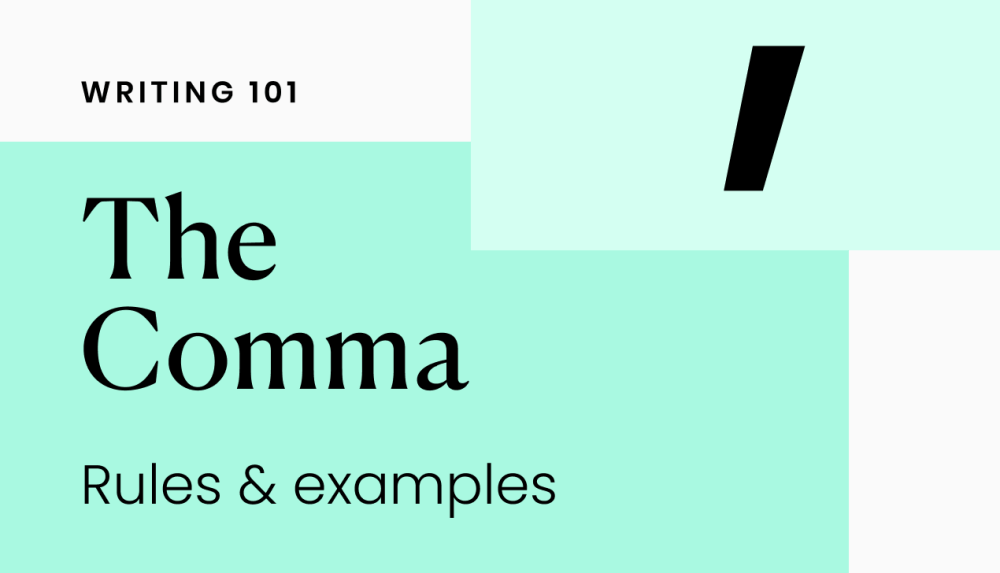Top 91 What Are The 3 Comma Rules Update
The Comma – Punctuation Marks – Grammar And Spelling For Kids
Keywords searched by users: What are the 3 comma rules comma rule 3 examples, comma rule 4, comma rule 2, mla comma rules with quotations, Advanced comma usage, How to use comma in english, comma rules r=h:edu, create a sentence using a comma.
What Is Rule 4 In Commas?
Rule 4 in comma usage focuses on distinguishing complete statements in a sentence. This rule clarifies when to use commas to separate independent clauses that are connected by coordinating conjunctions like “for,” “and,” “nor,” “but,” “or,” “yet,” and “so.” For example, consider the sentence: “Jenny tried the sushi, and she found that it was surprisingly tasty.” In this case, the comma before “and” helps differentiate the two complete statements, making it clear that Jenny’s actions are distinct from her subsequent discovery of the sushi’s taste. This rule aims to enhance the clarity and readability of sentences by providing proper punctuation for related but independent ideas.
What Are The 2 Comma Rules?
Commas serve as valuable punctuation marks in English writing, and there are two essential rules to understand their usage effectively. The first rule pertains to using a pair of commas within a sentence to isolate clauses, phrases, or words that do not alter the core meaning of the sentence. To implement this rule, place one comma before the non-essential element to signal the commencement of a brief pause, and another comma after it to signify the conclusion of the pause. For instance, consider the sentence: “Hilda, a very good cook, went to San Francisco.” In this example, the phrase “a very good cook” is non-essential to the primary message of the sentence, and the paired commas help set it apart while ensuring the sentence’s clarity and flow.
Summary 34 What are the 3 comma rules







Categories: Aggregate 39 What Are The 3 Comma Rules
See more here: g3magazine.com

A comma is a punctuation mark that indicates a pause in the sentence. The most common three rules of commas involve introducers, interrupters, and add-ons. Sometimes even an instructor’s marks on an essay don’t help.4. Distinguish Complete Statements. Rule: Commas distinguish complete statements linked with a coordinating conjunction (i.e., for, and, nor, but, or, yet, so). EX: Jenny tried the sushi, and she found that it was surprisingly tasty.Use a pair of commas in the middle of a sentence to set off clauses, phrases, and words that are not essential to the meaning of the sentence. Use one comma before to indicate the beginning of the pause and one at the end to indicate the end of the pause. Example: Hilda, a very good cook, went to San Francisco.
- Use a comma after an introductory phrase or clause. …
- Use commas before and after a parenthetical phrase or clause. …
- Use a comma to separate two independent clauses linked by a coordinating conjunction (and, but, for, nor or, so, yet) …
- Use a comma to separate items in a series.
Learn more about the topic What are the 3 comma rules.